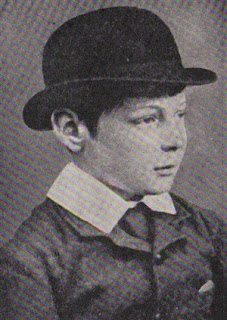I first came to the North Norfolk coast as a child.
I recall it well; it was 1960. The Mini was recently released and our family
friends Thelma and Archie had one. We met up with them in Cambridge Dry Road Holkham Bay Holkham Bay
In my teens I was a bird watcher and
frequently came to the North Norfolk coast to visit Cley Marshes and Salthouse and the pines at Wells.
Since the late nineteen seventies I have made my home here and now I have become a brewer in
Cromer.
As a member of the East Anglian Brewers
Cooperative I am able to buy malt directly from the farm where it grows. As
part of the Barley to Beer Project, Teddy Maufe sends his prime barley from
Branthill Farm near Wells to Crisps Maltings at Great Ryburgh near Fakenham. They
keep his Maris Otter barley separate from everyone else’s. They malt it
separately too and send it back to him. So I regularly find myself travelling
my favourite road – the A149 coast road from Cromer to Wells. Past the ducks at
Salthouse, past the Walsey Hills where I camped as a teenager with Kevin Baker
(now with the BTO), past the East Bank at Cley, that legendary spot where so may
rare birds have turned up and where the equally legendary Richard Richardson once
entertained the bird watchers with his mimicry – taking the Mick out of other
bird watchers, as well as imitating bird calls.
Onwards I drive, with a boot full of beer to
sell to Teddy for his Real Ale Shop, the financial saviour of his farm. Once
there I deliver my beer and have a look at what the other Norfolk Staithe Street
At Cley I call in on another of North Norfolk ’s food heroes.
Cley Smokehouse isn’t the last one left (I use one in Cromer for smoking malt
and hops) but there aren’t many and it does have some lovely produce. I am very
fond of their buckling – hot smoked headless herrings that just melt in the
mouth, or various tubs of seafood such as potted shrimps or taramosalata. It is
a joy to park on the flint pebble pavement outside the shop; maybe I will look
in at Picnic Fayre and a real treat is to call in and say Hi to Sarah in
Pinkfoot, the wildlife art gallery across the street.
It is such a happy journey, a green
journey, carrying beer in one direction and bringing malt and delicious food on
the return. It brings me entertainment and gladdens the heart. A sideways glance may bring a glimpse of a marsh harrier quartering the marsh or a skein of a thousand gaggling geese. Today I think I shall visit Steve at the Binham Chequers to see what he has been brewing.










































